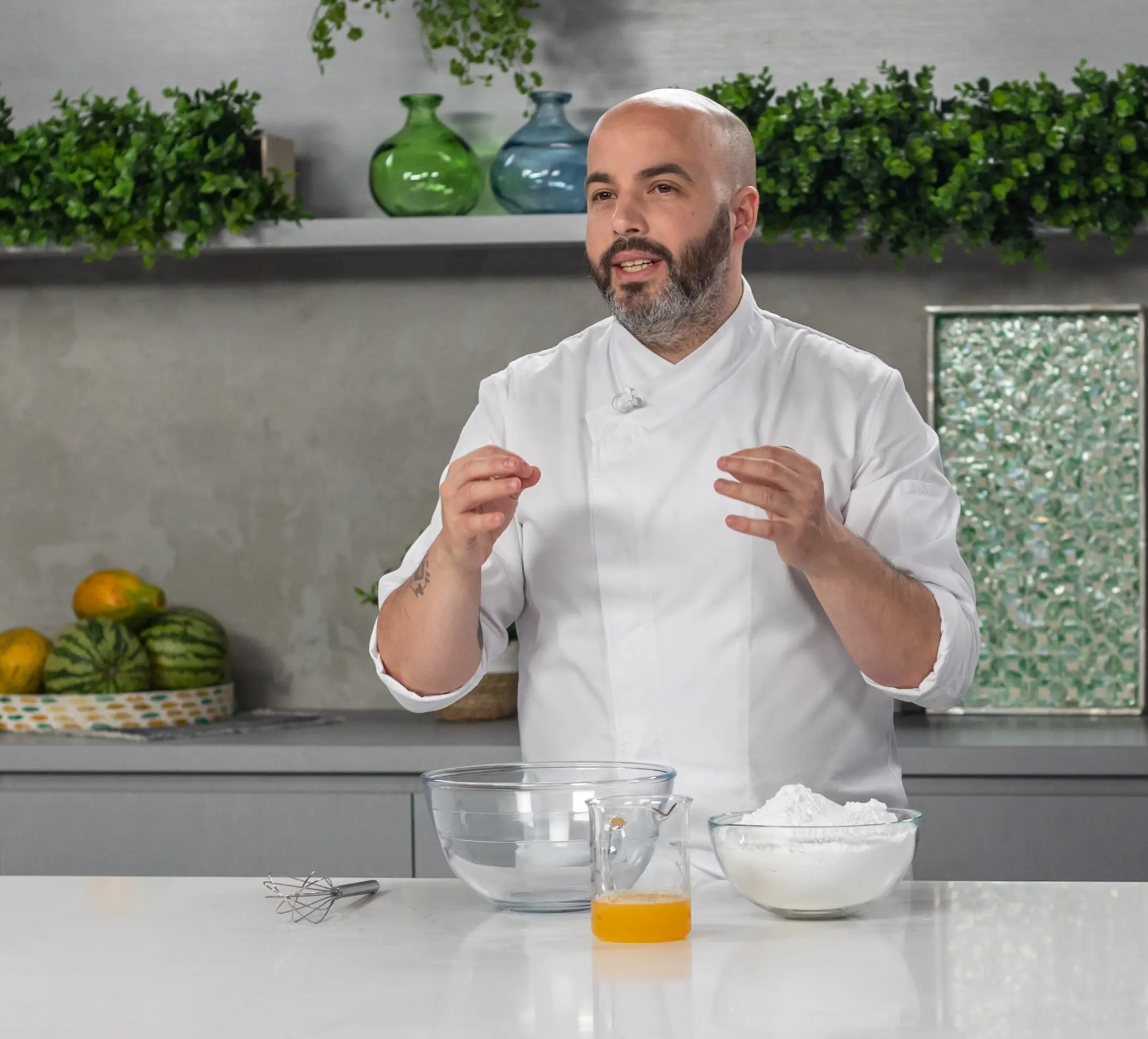Where sweet dough is used?
Sweet dough finds its application in an array of delightful baked goods, including:
- Pastries: The base for flaky and tender pastries like croissants and Danish pastries.
- Cakes: Provides a flavorful and moist foundation for cakes, cupcakes, and muffins.
- Cookies: Forms the basis for various cookie recipes, contributing to their texture and taste.
Understanding the composition of sweet dough, implementing proper techniques, and being mindful during the baking process are crucial steps in ensuring your sweet dough remains moist and yields delicious results.
Tips To Prevent Sweet Dough From Drying Out
One common challenge is preventing sweet dough from drying out during the preparation process. Here's a step-by-step guide to ensure your sweet dough stays moist and yields delectable results.
- Soft Butter is Key: Initiate the process with soft butter. This ensures that the butter can be seamlessly incorporated into the dry ingredients. Soft butter guarantees a smoother and more even creaming process, laying the foundation for a moist sweet dough.
- Thoroughly Cream the Butter: While creaming the butter, pay close attention to scraping the bowl of your mixer. This step is crucial to eliminate any chunks of butter that may not have been properly creamed. A homogenous mixture at this stage is essential for the overall moisture retention in your sweet dough.
- Ensure Homogeneity Before Adding Dry Ingredients: Before introducing the dry ingredients, double-check that your mixture is homogenous. This step is vital in preventing uneven distribution of ingredients, which could lead to variations in moisture levels. Additionally, sift your dry ingredients to avoid lumps that might disrupt the dough's consistency.
- Be Mindful During Rolling: When rolling out the dough, resist the temptation to add extra flour to the table. Additional flour can result in a drier dough. Maintain the integrity of your sweet dough by rolling it out without introducing excess flour.
- Shape and Wrap Thoughtfully: As you wrap your sweet dough with plastic film, shape it into a square or a flatter form. This minimizes the need for additional kneading before rolling. Wrap the dough tightly with plastic wrap, ensuring no air enters, which can contribute to dryness.
- Consider Flour Variability: Keep in mind that flours can vary between countries and brands. Some flours absorb more moisture than others. In cases where you notice differences, consider making slight adjustments to the recipe. Adding a few grams less flour or removing a couple of grams of water (or eggs) can be a smart move, provided that every preceding step in creating the dough is executed correctly.
In conclusion, attention to detail is key to consistently achieving moist and delectable sweet dough for your favorite pastries. Incorporate these tips into your baking routine, and enjoy the goodness of perfectly textured sweet treats.
Want to Learn More About Pastry Techniques?
Turn your pastry to success with PastryClass. Enroll new pastry skills, unleash your creativity, boost sales, enhance career opportunities, transition into an instructor role yourself, or simply discover a fresh passion. Learn with Cédric Grolet, Pierre Hermé, Ramon Moratò, Frank Haasnoot and more.
December 22, 2023 By PastryClass


